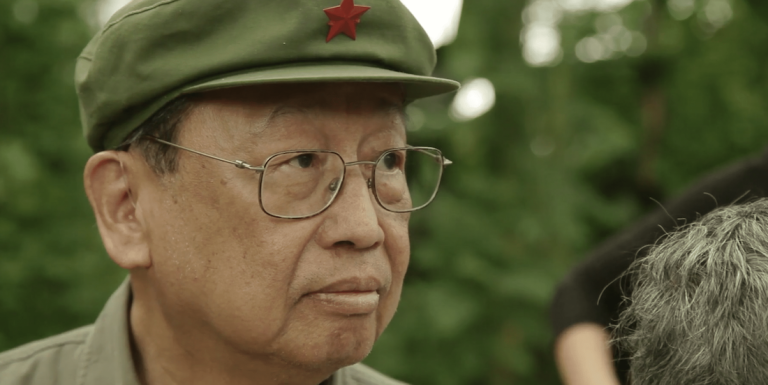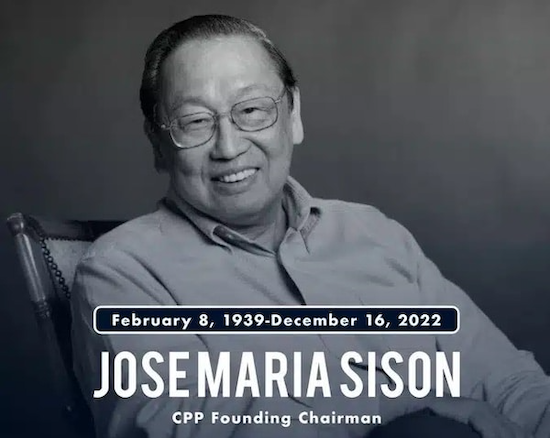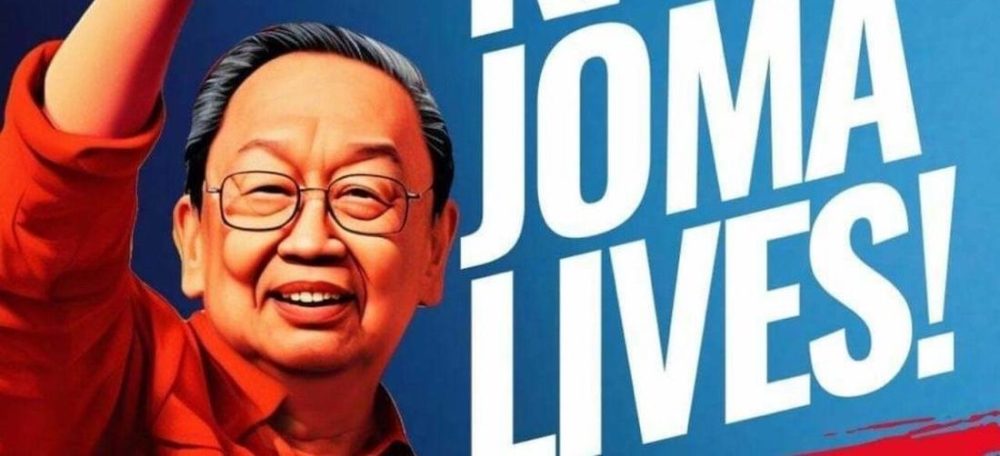
Founder of the Communist Party of the Philippines who came close creating an independent state in the 1980s – and died in exile in Europe
New York, N.Y. – In the late 20th century, a revolutionary figure emerged from the Philippines, shaping a movement that challenged the nation’s political landscape.
Jose Maria Sison, a poet, professor, and radical thinker, founded the Communist Party of the Philippines (CPP) in 1968, igniting a decades-long insurgency that nearly birthed an independent state. His life, marked by exile, imprisonment, and unyielding ideology, ended in Amsterdam in 2022, leaving a complex legacy of resistance and controversy.
A Visionary’s Rise from Elite Roots to Radical Leader

Jose Maria Sison, born in 1939, in Ilocos Sur, hailed from a prominent landowning family with ties to influential clans.
Educated at prestigious institutions like Ateneo de Manila University and the University of the Philippines (UP), Sison excelled in literature and political science.
His early exposure to the Hukbalahap rebellion, a communist-led peasant uprising that ended in 1954, planted seeds of radicalism.
By the 1960s, as a young professor, he was drawn to Marxism-Leninism-Maoism, captivated by its promise to address the Philippines’ semi-feudal and semi-colonial conditions.
In 1964, Sison co-founded Kabataang Makabayan, a nationalist youth organization that mobilized students and workers for a “national democratic revolution.”
His fiery speeches, compiled in Struggle for National Democracy, criticized the ruling elite and U.S. imperialism. Disillusioned with the Moscow-leaning Partido Komunista ng Pilipinas (PKP), Sison split from it in 1967, denouncing its leadership for revisionism.
In 1968, he established the Communist Party of the Philippines, aligning it with Mao Zedong’s ideology. Three months later, with former Huk commander Bernabe Buscayno, Sison launched the New People’s Army (NPA), a guerrilla force aimed at overthrowing the government through rural warfare.
The Marcos Era: Resistance and Repression
The CPP’s rise coincided with Ferdinand Marcos’s presidency, which declared martial law in 1972 to suppress dissent. Sison’s party, initially small with about 500 members, grew rapidly under Marcos’s repression, reaching tens of thousands of fighters by the 1980s.
The NPA expanded to sixty fronts, conducting raids and extortion against landlords, becoming a significant threat. Sison, under the pseudonym Amado Guerrero, published Philippine Society and Revolution in 1970, a seminal text outlining the CPP’s strategy for a two-stage revolution: national democracy followed by socialism.
Arrested in 1977 in La Union, Sison endured nearly nine years of imprisonment, including over five in solitary confinement. Despite torture, he wrote prolifically, producing works like Basic Principles of Marxism-Leninism: A Primer, smuggled out by his wife, Julie de Lima.
Released in 1986 after Marcos’s ouster in the People Power revolt, Sison briefly rejoined the University of the Philippines faculty. However, his criticism of Corazon Aquino’s government led to his passport’s revocation during a 1988 lecture tour in the Netherlands, forcing him into exile.
Exile in the Netherlands: Leading from Afar
From Utrecht, Sison continued to guide the CPP and its political arm, the National Democratic Front (NDF), as chief political consultant. Despite being labeled a terrorist by the U.S. in 2002, he maintained influence through writings and virtual leadership.
The European Court of First Instance in 2009 overturned his terrorist designation, unfreezing his assets. Sison denied involvement in alleged CPP purges in the 1990s, which killed hundreds of suspected informants, claiming in a 2019 Facebook post that accusations, like the Inopacan mass grave, were fabricated.
The CPP-NPA, under Sison’s ideological steer, remained a formidable force, though weakened by infighting and government crackdowns. By the 1980s, the NPA boasted 25,000 fighters, controlling parts of rural Philippines.
Sison’s vision of an independent state gained traction during this peak, with the NPA establishing shadow governments in remote areas. However, strategic errors, like boycotting the 1986 election, and internal schisms between “reaffirmists” and “rejectionists” diminished the movement’s momentum.

A Controversial Legacy
Sison’s death in 2022, in Utrecht, at age 83, sparked polarized reactions. The CPP hailed him as the “greatest Filipino of the past century,” while the Philippine Department of National Defense declared his passing marked a “new era” for peace.
Critics, like academic Joseph Scalice, argue Sison’s Stalinist tendencies and rural-focused strategy overlooked the urban working class, limiting the revolution’s success. Supporters, however, credit his Marxist analysis for exposing the Philippines’ exploitative system.
The Jose Maria Sison Legacy Foundation, launched in 2025 in Utrecht, preserves his teachings, while the Jose Maria Sison School in Manila continues to inspire activists. His writings, including five volumes endorsed by the CPP, remain study material for revolutionaries.
Sison’s life reflects a relentless pursuit of justice, marred by accusations of violence and strategic missteps, leaving the Philippines grappling with his vision’s enduring impact.
Who Was ‘Joma’ Sison: Architect of Philippine Revolution (July 30, 2025)
Summary
Sison’s radical journey began in the 1960s, founding the Communist Party of the Philippines and its armed wing, the New People’s Army. His Maoist vision nearly created an independent state in the 1980s. Exiled in Amsterdam after imprisonment, he died in 2022, leaving a polarizing legacy of revolution and resistance.